If you've ever wondered how to measure voltage with a multimeter at home, this guide is for you. We'll review everything you need to know to get started, such as what is a multimeter and how to use a multimeter to check voltage at home. You will be able to measure voltage like a pro by the end of this guide!
What is a Multimeter?
A multimeter is a piece of electrical testing tool that can measure voltage, current, and resistance.
It is a valuable tool around the house because it can be used for various tasks such as diagnosing electrical problems and checking battery charges.
How to Use a Multimeter?
Now that we know what a multimeter is let's look at how to use one. Using a multimeter is quite simple, but there are a few things you need to keep in mind to get accurate readings.
First, you will need to select the correct setting on your multimeter. You will want to select the "V" or "VOLT" setting for voltage measurements. Once you have done this, you can proceed with taking your measurement.
To take a voltage measurement, touch the probes of your multimeter to the two points where you want to measure the voltage. The reading will then be displayed on the screen of your multimeter. It is important to note that most multimeters measure AC (alternating current) voltage, so if you are measuring DC (direct current) voltage, you will need to select the "DC" setting on your multimeter.
Now that you know how to use a multimeter let's take a look at some common voltage measurements you can take around the house.
Voltage Measurements in the Home
There are a variety of voltages that you may come across in the home, and it is helpful to know how to measure them in case you ever need to troubleshoot an electrical problem. Some of the most common voltages you'll encounter are 120 volts (standard household voltage), 240 volts (used for appliances such as dryers and ovens), and 12 volts (used for car batteries).
To measure 120 volt AC voltage, simply touch one probe of your multimeter to the "hot" wire and the other probe to the "neutral" or "ground" wire. For 240 volt AC voltage, touch one probe to each of the "hot" wires. And finally, to measure 12 volt DC voltage, touch one probe to the positive terminal of the battery and the other probe to the negative terminal.
A step-by-step process for testing voltage with a multimeter:
- Take the multimeter and connect the red lead to the "V" or "volts" terminal.
- Take the black or standard lead and touch it to the ground or "COM" terminal.
- After that, you need to touch the probes together to check if the multimeter is working correctly or not. If it beeps, then it means your multimeter is working fine.
- Now, you can measure voltage by touching the probes to the two points in a circuit where you want to measure voltage.
- The reading on the display of your multimeter will give you the voltage present between those two points.
You can use a multimeter to measure DC as well as AC voltages. However, while measuring AC voltages, you must be careful as multimeters are not designed to measure AC voltages higher than 500 volts. Also, ensure you use the right setting on your multimeter while measuring AC or DC voltages.
Things to keep in mind while measuring voltage with a multimeter:
- Always use a lead with an alligator clip while measuring voltage, as it will help you take measurements more efficiently and accurately.
- While measuring voltage, always hold the multimeter in your hand so that you can take readings quickly and react quickly if there is any problem.
- If using a digital multimeter, ensure the battery is fresh and has enough power, as the low battery can give incorrect readings.
- Always use appropriate safety gear while measuring voltage, as high voltages can be dangerous.
FAQS:
What are some common voltages I might encounter in the home?
A: Some of the most common voltages you'll encounter are 120 volts (standard household voltage), 240 volts (used for appliances such as dryers and ovens), and 12 volts (used for car batteries).
How do you measure the voltage at home?
There are a variety of voltages that you may come across in the home, and it is helpful to know how to measure them in case you ever need to troubleshoot an electrical problem. Some of the most common voltages you'll encounter are 120 volts (standard household voltage), 240 volts (used for appliances such as dryers and ovens), and 12 volts (used for car batteries).
To measure 120 volt AC voltage, simply touch one probe of your multimeter to the "hot" wire and the other probe to the "neutral" or "ground" wire. For 240 volt AC voltage, touch one probe to each of the "hot" wires. And finally, to measure 12 volt DC voltage, touch one probe to the positive terminal of the battery and the other probe to the negative terminal.
What is normal voltage in a house?
The standard voltage in a house is 120 volts. This is the standard voltage for appliances such as lights, TVs, and computers. Appliances that require more power, such as dryers and ovens, use 240 volt AC power. And finally, car batteries use 12 volt DC power.
Can I use a multimeter to measure AC voltage?
Yes, you can use a multimeter to measure AC and DC voltages. However, while measuring AC voltages, you must be careful as multimeters are not designed to measure AC voltages higher than 500 volts. Also, ensure you use the right setting on your multimeter while measuring AC or DC voltages.
Conclusion
We hope this guide has helped teach you how to measure voltage with a multimeter. Measuring voltage is a valuable skill around the house, as it can come in handy for diagnosing electrical problems or checking the charge of batteries. With some practice, you'll be measuring voltage like a pro in no time!

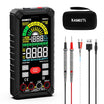
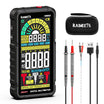
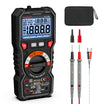
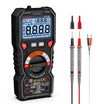
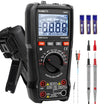
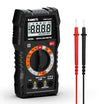
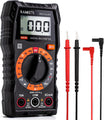
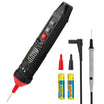
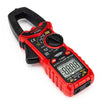
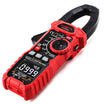
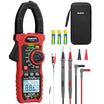

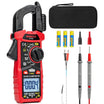

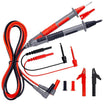
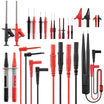



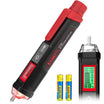
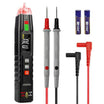
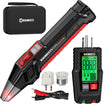
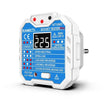
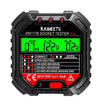
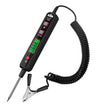
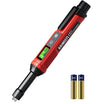
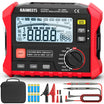
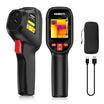
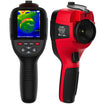
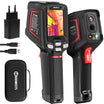
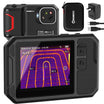
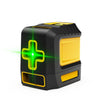
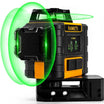
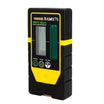

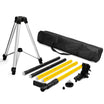



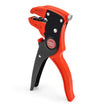
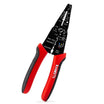




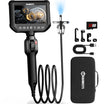
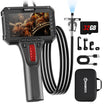
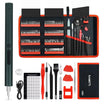

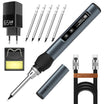

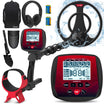

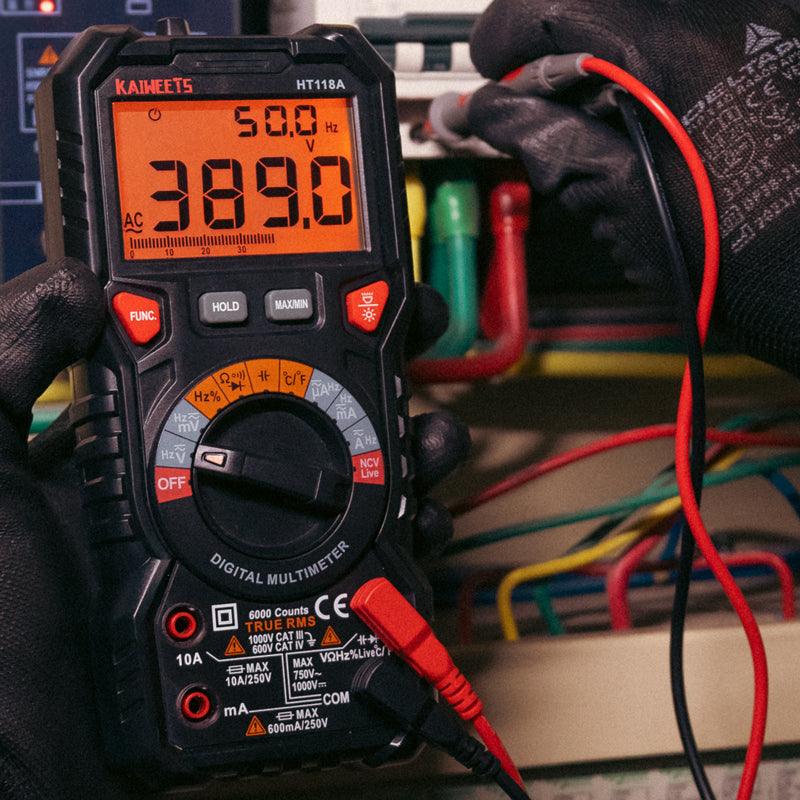


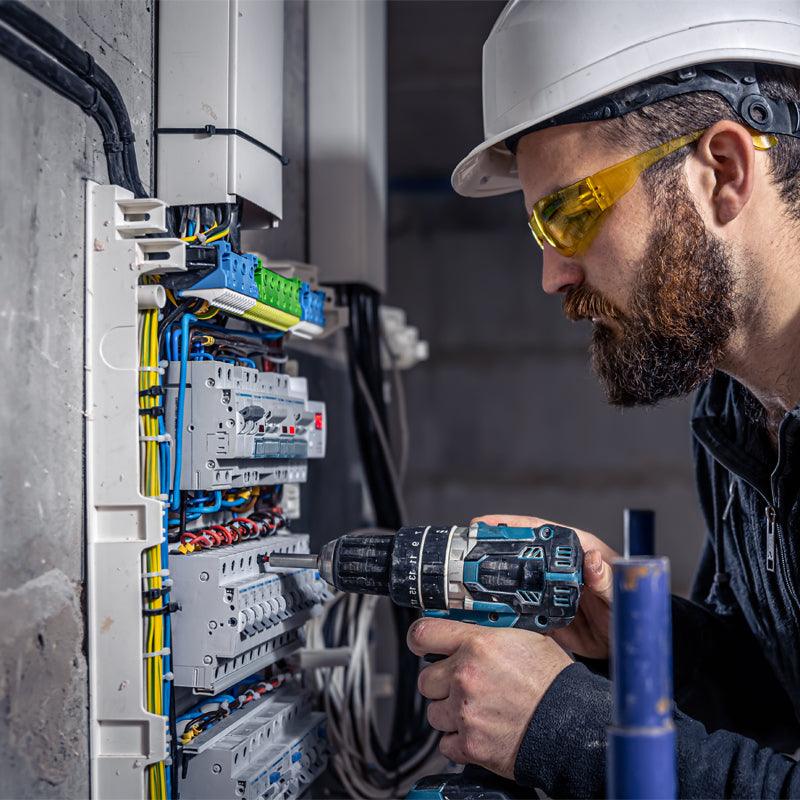
Leave a comment
All comments are moderated before being published.
This site is protected by hCaptcha and the hCaptcha Privacy Policy and Terms of Service apply.